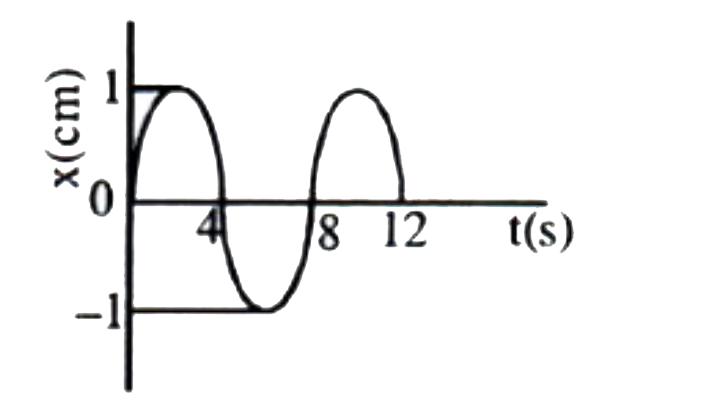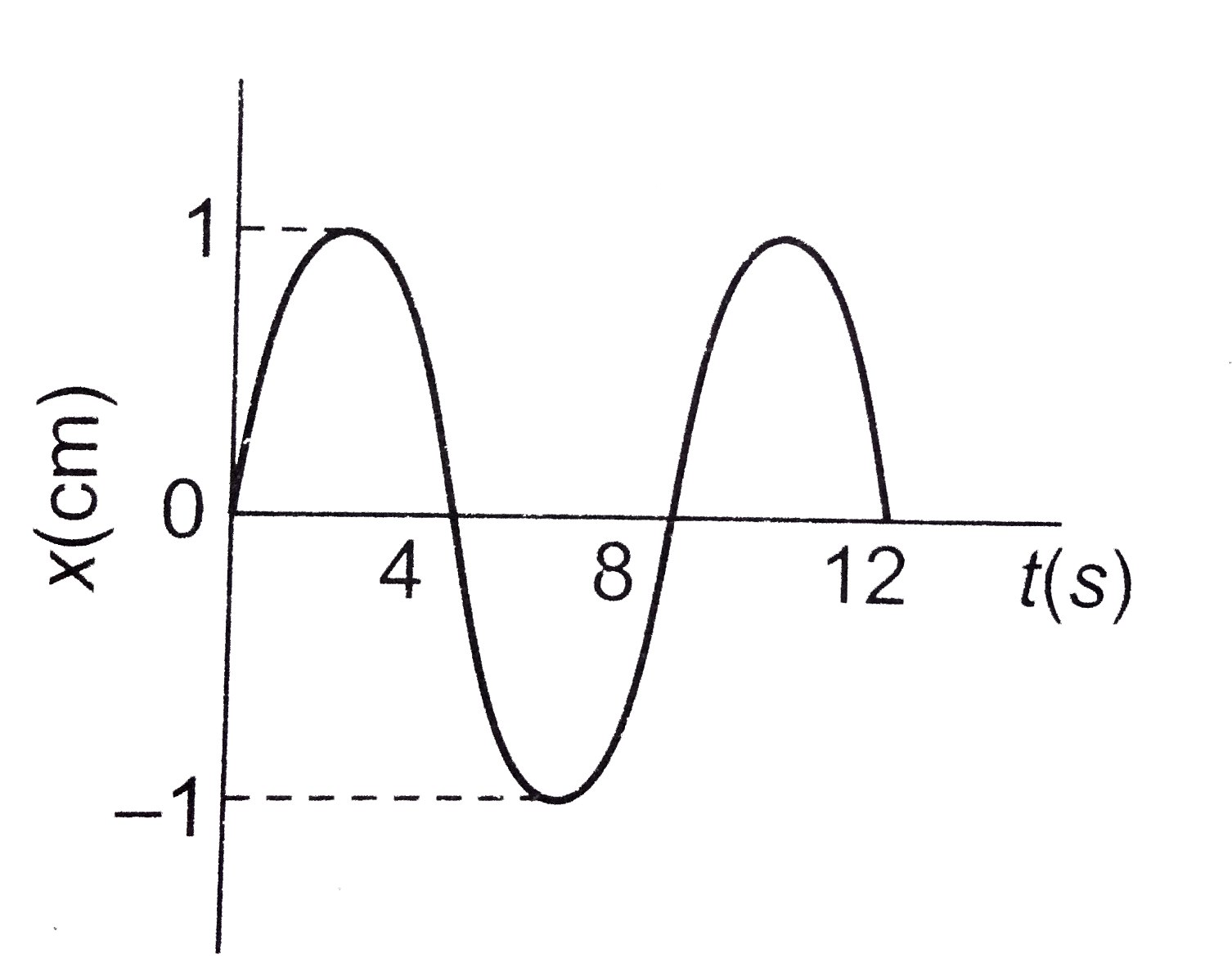A particle performing simple harmonic motion having time period 3 s is in phase with another particle which also undergoes simple harmonic motion at . The time period of second particle is T (less that 3s). If they are again in the same phase for the third time after 45 s, then the value of T will be
A
2.8 s
B
2.7 s
C
2.5 s
D
none of these
Video Solution
Text Solution
The correct Answer is:C
Let and be the angular frequencis of first and second particle respectively then the phase by which they will proceed in time t is and , respectively.
According to the given situation.
for
|
Updated on:21/07/2023
Topper's Solved these Questions
- BOOK - CENGAGE PHYSICSCHAPTER - LINEAR AND ANGULAR SIMPLE HARMONIC MOTIONEXERCISE - Multiple Correct35videos
LINEAR AND ANGULAR SIMPLE HARMONIC MOTION
- BOOK - CENGAGE PHYSICSCHAPTER - LINEAR AND ANGULAR SIMPLE HARMONIC MOTIONEXERCISE - Assertion Reasoning6videos
LINEAR AND ANGULAR SIMPLE HARMONIC MOTION
- BOOK - CENGAGE PHYSICSCHAPTER - LINEAR AND ANGULAR SIMPLE HARMONIC MOTIONEXERCISE - Subjective21videos
LINEAR AND ANGULAR SIMPLE HARMONIC MOTION
- BOOK - CENGAGE PHYSICSCHAPTER - KINETIC THEORY OF GASES AND FIRST LAW OF THERMODYNAMICSEXERCISE - Interger11videos
KINETIC THEORY OF GASES AND FIRST LAW OF THERMODYNAMICS
- BOOK - CENGAGE PHYSICSCHAPTER - MISCELLANEOUS KINEMATICSEXERCISE - Interger type3videos
MISCELLANEOUS KINEMATICS
Similar Questions
Knowledge Check
- Question 1 - Select One
A particle undergoes simple harmonic motion having time period T. The time taken in 3/8th oscillation is
A38TB58TC512TD712T - Question 2 - Select One
A particle executing simple harmonic motion with time period T. the time period with which its kinetic energy oscillates is
ATB2TC4TDT2 - Question 3 - Select One
If particle is excuting simple harmonic motion with time period T, then the time period of its total mechanical energy is :-
AZeroBT/2C2TDInfinite
The x-t graph of a particle undergoing simple harmonic motion is shown below. The acceleration of the particle at t=23s is
 View Solution
View SolutionThe phase (at a time t) of a particle in simple harmonic motion tells
View SolutionThe phase of a particle executing simple harmonic motion is π2 when it has
View SolutionThe x-t graph of a particle undergoing simple harmonic motion is shown below. The acceleration of the particle of t=4/3s is
 View Solution
View SolutionThe x−t graph of a particle undergoing simple harmonic motion is shown below. The accelertion of the particle at t=4/3s is
 View Solution
View Solution

